Important:
| • | Replace all the components included in the repair kit. |
| • | Lubricate all of the rubber parts with clean brake fluid in order
to ease assembly. |
| • | Perform this overhaul procedure on a clean bench. |
Disassembly Procedure
- Remove the brake caliper. Refer to
Brake Caliper Replacement
.
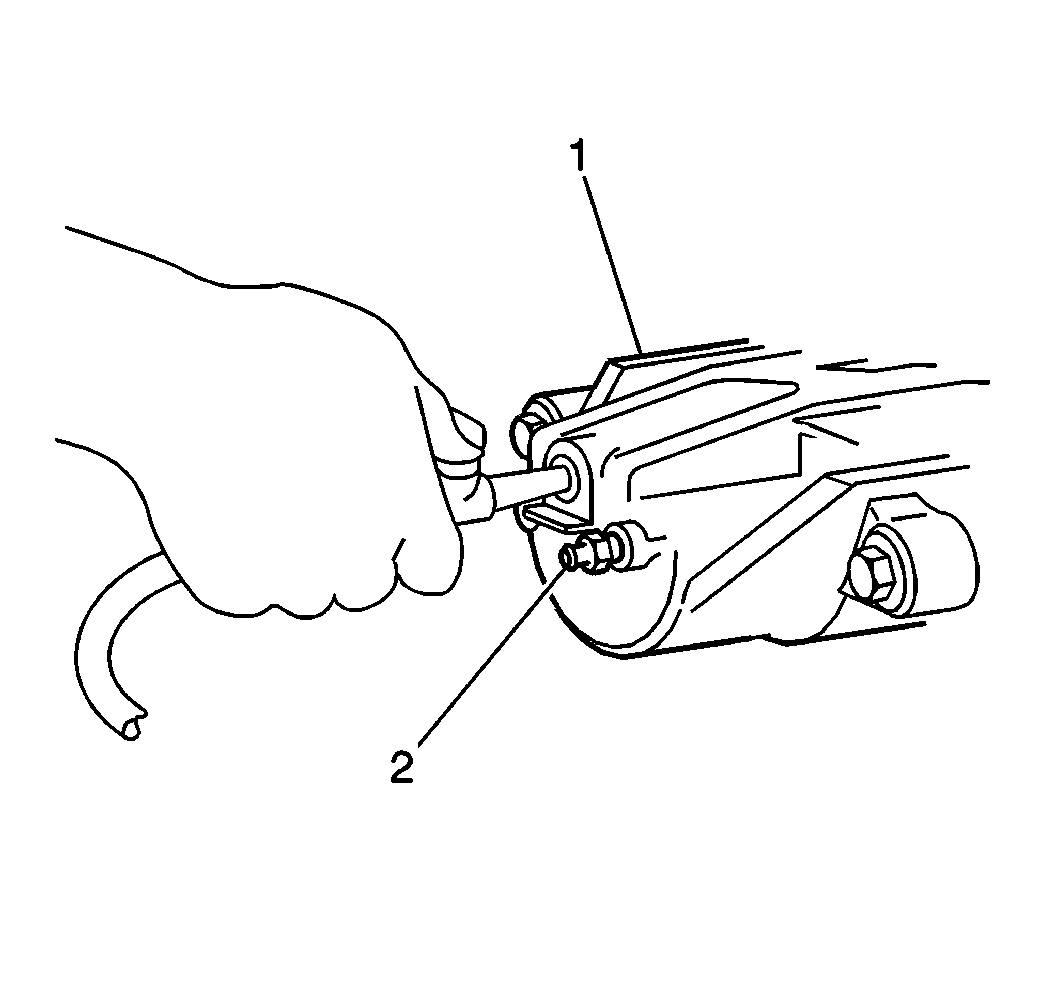
Caution: Do not place fingers in front of the caliper piston(s) in an attempt
to catch or protect it when applying compressed air. The piston(s) can fly
out with force and could result in serious bodily injury.
Notice: Use clean cloths to pad interior of caliper housing during piston removal.
Use just enough air to ease the pistons out of the bores. If the pistons are
blown out, even with the padding provided, it may be damaged.
- Blow compressed air into the brake caliper (1) in order
to remove the brake caliper piston. The piston will come out through the piston
boot.
- Inspect and replace the brake caliper piston if any of the following
conditions are found:
| • | Worn or damaged chrome plating |
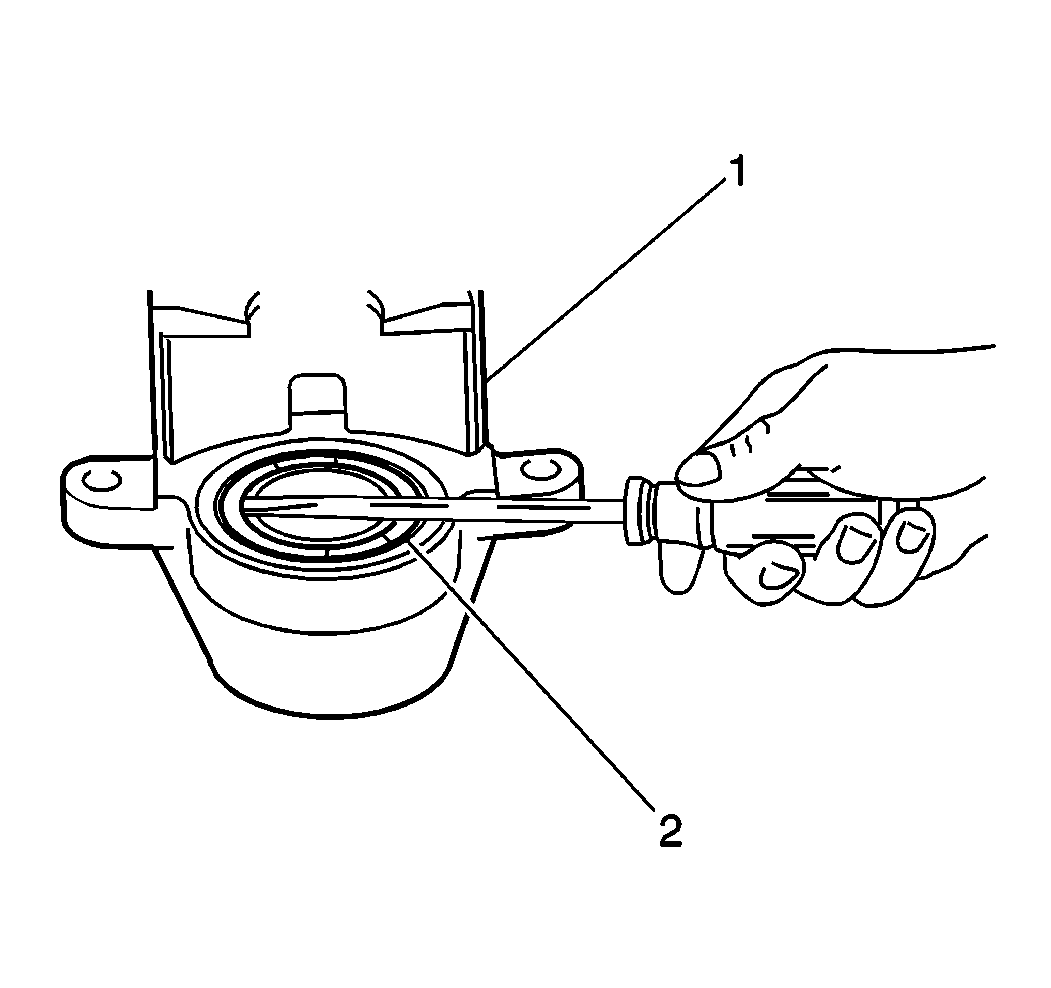
- Use a flat-bladed tool
to remove the brake caliper piston boot (2). Do not scratch the housing bore.
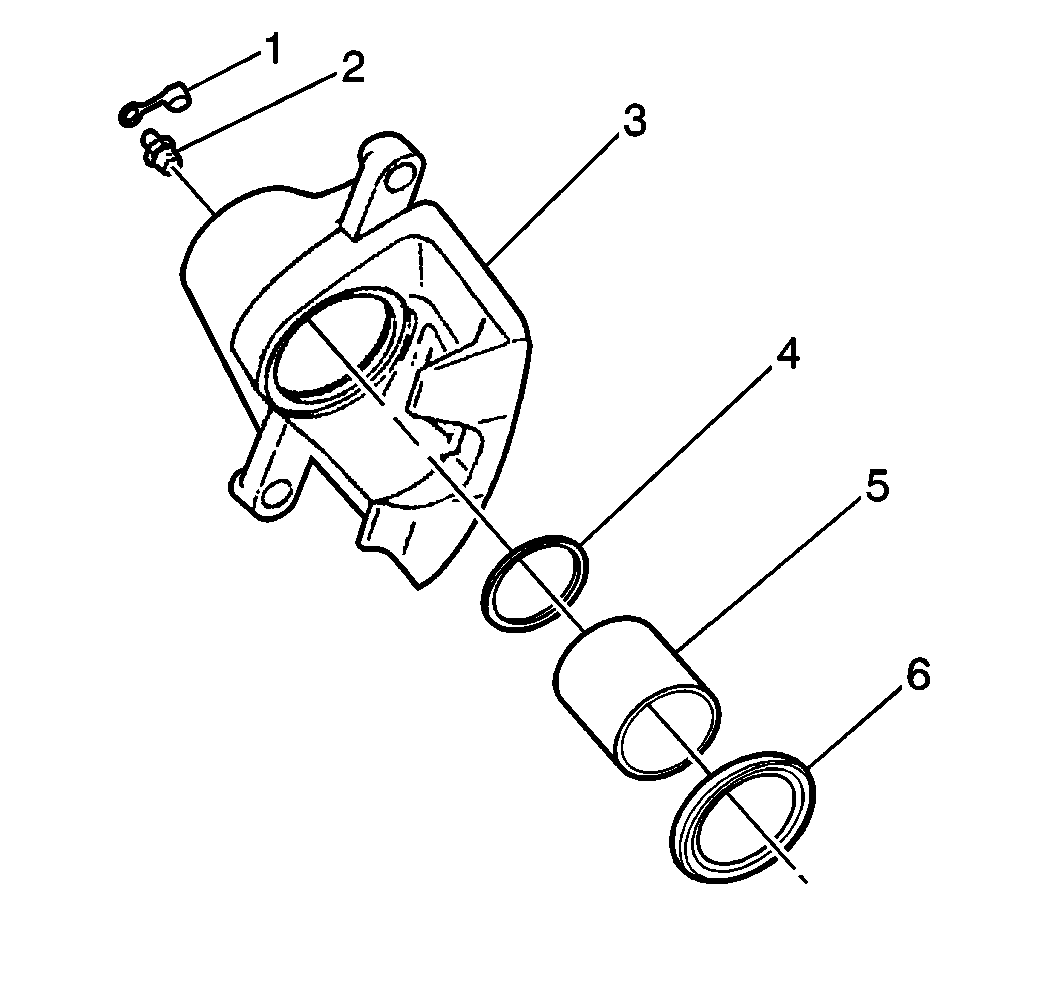
Notice: Do not use a metal tool for seal removal. Damage to the caliper bore
or the seal grooves can result.
- Remove the piston seal (4) from the groove in the caliper bore (3).
Use a small wooden or plastic tool.
- Inspect the caliper bore (3) and the seal grooves for the following
conditions:
- Use a piece of crocus cloth in order to polish out light corrosion.
- Replace the caliper housing (3) if corrosion in and around the
seal groove cannot be cleaned with a piece of crocus cloth.
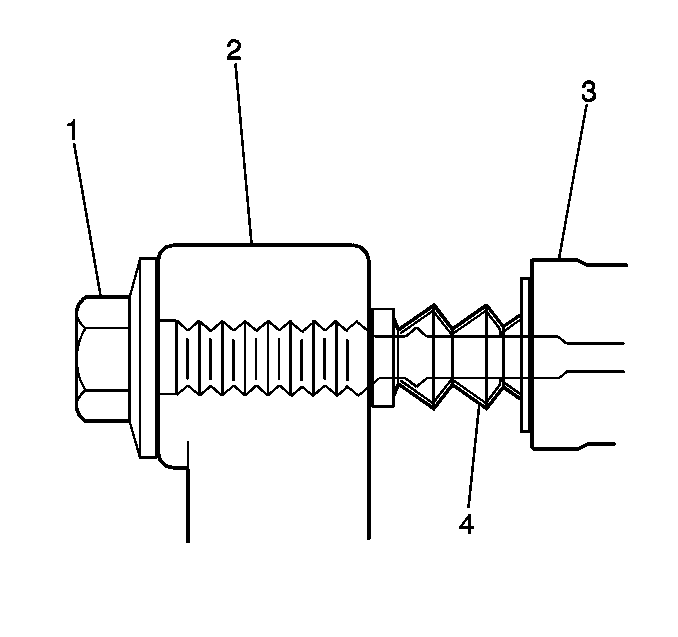
- Inspect and replace any
brake caliper bolt boots (4) that exhibit any of the following conditions:
- Inspect the caliper bolts for corrosion or damage. If corrosion
is found on the brake caliper bolt shaft, replace the brake caliper bolt (1),
and the brake caliper bolt boot (4). Do not attempt to polish away the corrosion.
- Inspect the seal groove in the caliper bore for nicks or burrs.
Replace the caliper if the seal groove is damaged.

- Remove the bleeder valve
cap (1) and the bleeder valve (2) from the brake caliper housing (3).
- Clean all the parts with clean, denatured alcohol.
- Dry all the parts with filtered, non-lubricated compressed air.
- Use filtered, non-lubricated compressed air in order to blow out
all of the passages in the caliper housing and the bleeder valve.
Assembly Procedure
Tools Required
J 36349 Dust Boot
Seal Installer

Notice: Use the correct fastener in the correct location. Replacement fasteners
must be the correct part number for that application. Fasteners requiring
replacement or fasteners requiring the use of thread locking compound or sealant
are identified in the service procedure. Do not use paints, lubricants, or
corrosion inhibitors on fasteners or fastener joint surfaces unless specified.
These coatings affect fastener torque and joint clamping force and may damage
the fastener. Use the correct tightening sequence and specifications when
installing fasteners in order to avoid damage to parts and systems.
- Install the bleeder
valve and the bleeder valve cap to the caliper housing.
Tighten
Tighten the bleeder valve (2) to 13 N·m (115 lb in).
- Install a new lubricated piston seal (4) to the caliper bore grooves.
Ensure that the piston seal is not twisted.
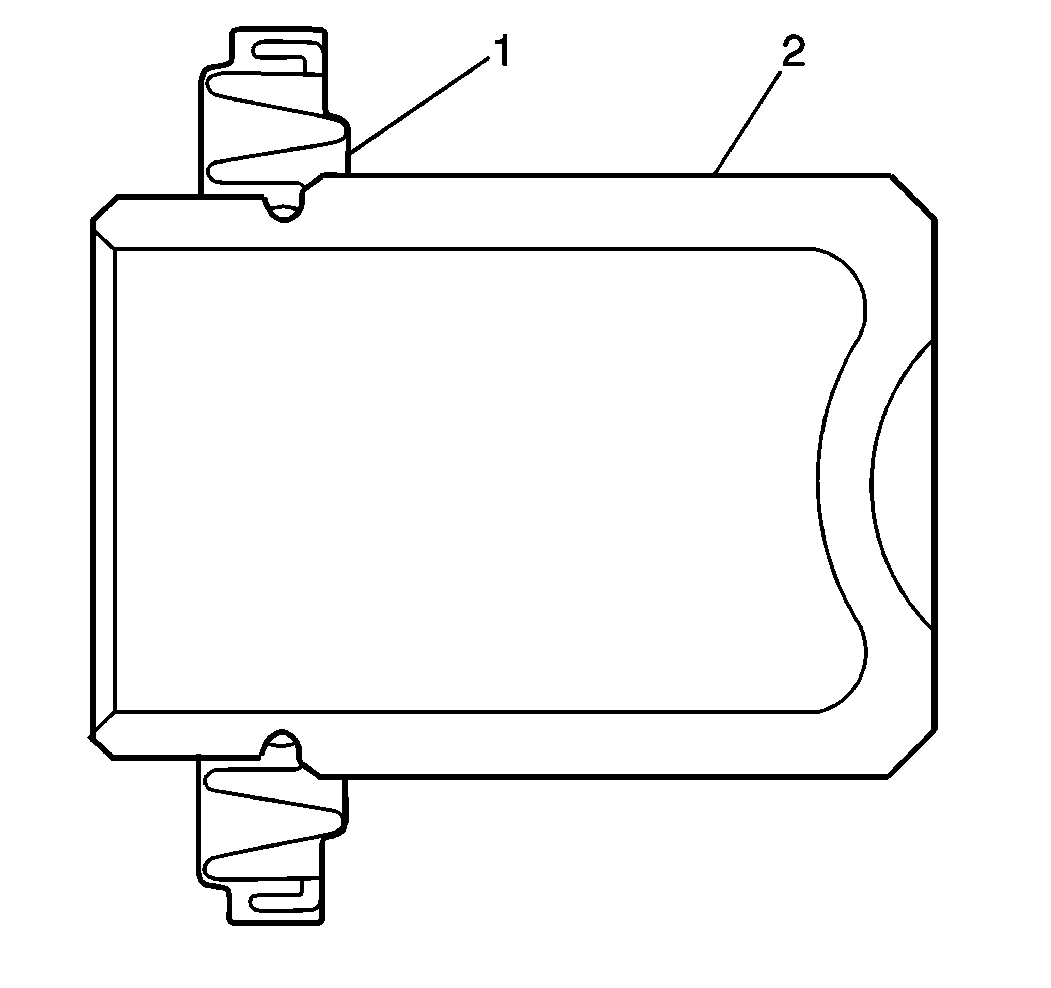
- Install the lubricated
boot (1) onto the brake caliper piston (2).
- Lubricate the brake caliper piston (2) with clean brake fluid.
- Install the brake caliper piston and the brake caliper piston
boot into the bore of the caliper. Push the brake caliper piston to the bottom
of the bore.

- Seat the caliper boot
in the caliper housing (1) counterbore using the J 36349
.
- Install the caliper. Refer to
Brake Caliper Replacement
.








